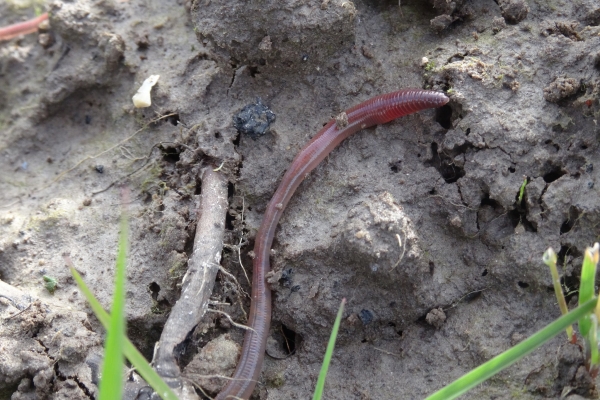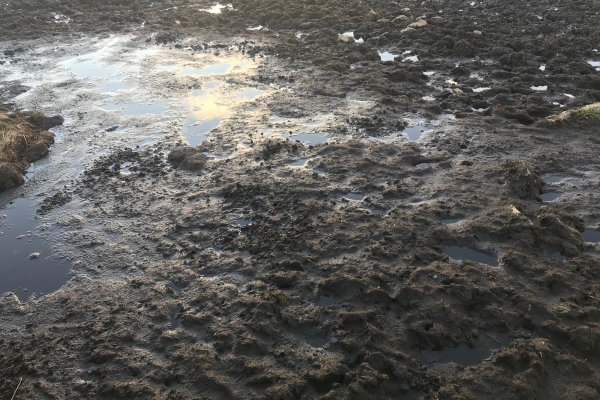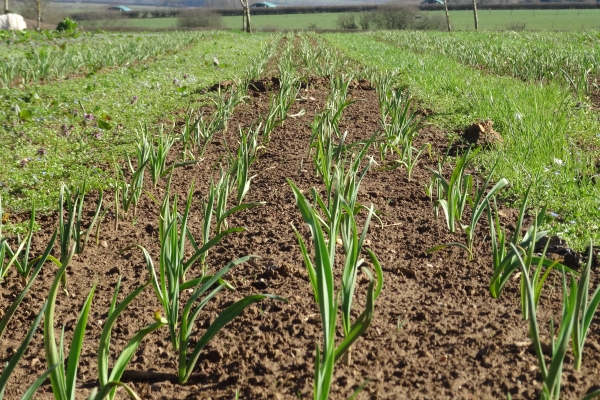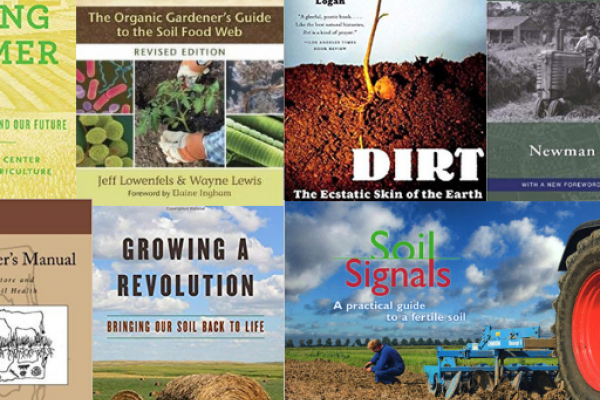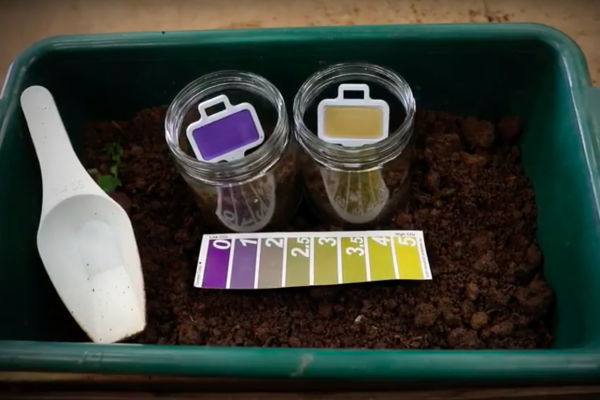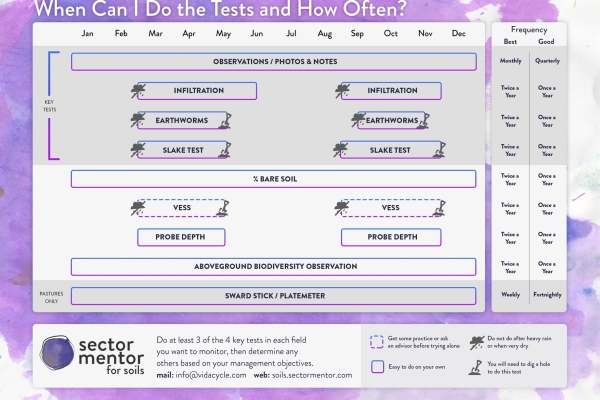Know Your Soils #4: How to capture carbon in your soil
Resource explained
From the Soilmentor team, this is the fourth of a twelve part series called ‘Know your Soils’. The series includes practical tips for monitoring soil health and simple tests you can do on your land, in the form of videos and fact sheets. This post, linked above, shares insights and practical tips via a Farmerama Radio podcast from Charles Schembre, a soil conservationist at the Napa County Resource Conservation District, working primarily in vineyard agriculture. He has worked with many different farms and shares his tips on monitoring carbon on your farm, how to sequester more carbon and how to make a carbon farm plan. An example plan can also be accessed from the page.
Findings & recommendations
- “If you want to capture carbon, you have to think like carbon!” Charles advocates making a carbon farm plan that outlines all the opportunities across your farm to capture carbon, and then to pick a few that are possible in the next 5-10 years.
- The evidence is ‘out there’ that no-till, adding compost and cover crops help capture carbon. Don’t get too caught up on measuring exactly how much carbon you have captured, you just need so see general trends of improvement.
- The best way to start monitoring increasing carbon in the soil is to carry out the slake test (measuring the soil’s ability to withstand disintegration from water erosion), bulk density test, and the loss on ignition (soil organic carbon) test. Details on all three can be accessed from this page.




